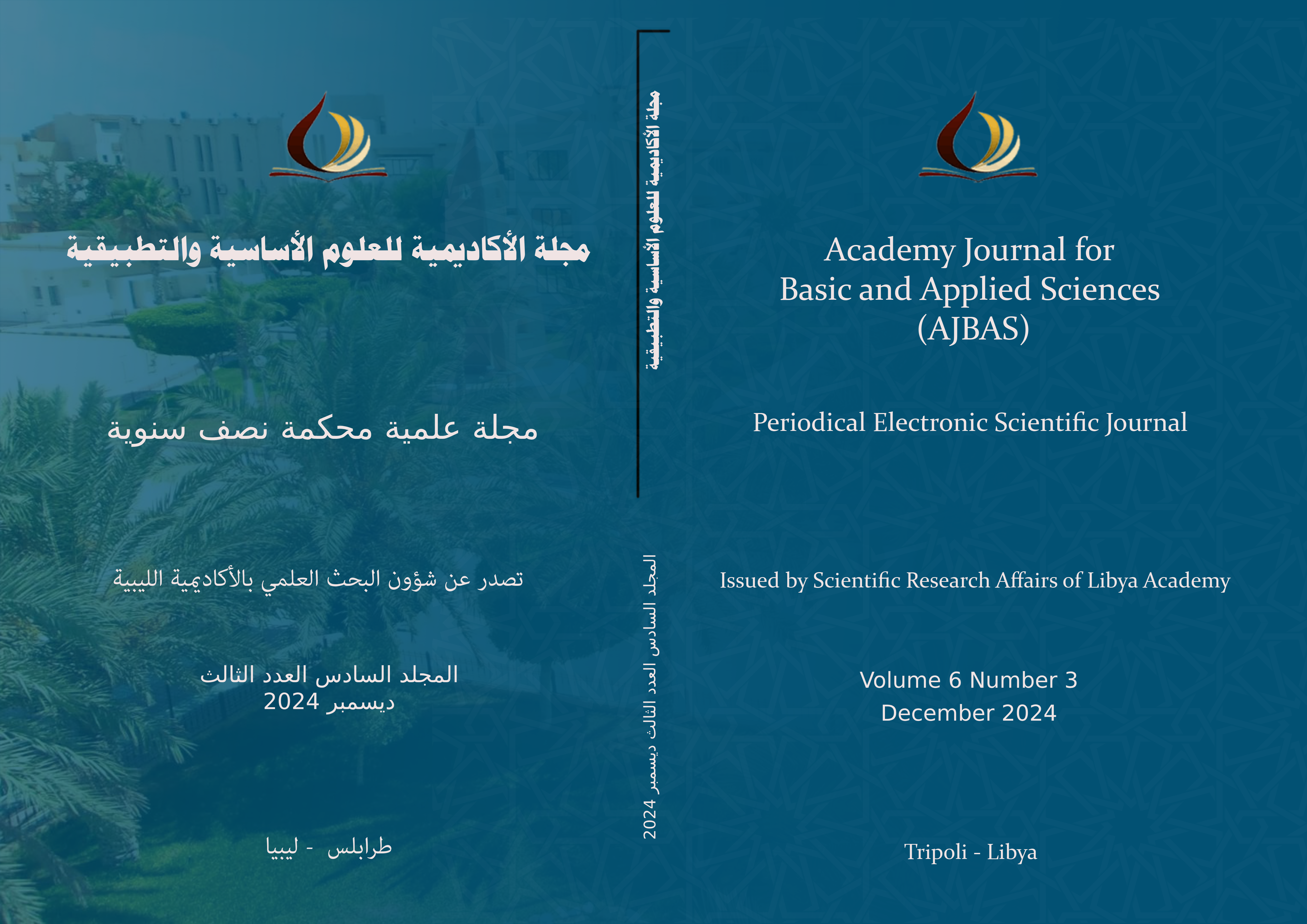Adaptation of Land Use Plans to climate change after the Wadi Derna flood
Main Article Content
Abstract
This study followed a literal context model for geoengineering operations, starting with inventorying and evaluating the works and topographical, purposeful, and planning data in the master plan for land use for the coastal city of Derna, for the planning years 1980- 2000, with updating the proposed land use plan for the year 2009, to be done through analysis of digital maps and satellite images. (Pleades) integrated into the geographic information system environment (GIS- ArcMap10.8). In line with the geomorphological nature and the drainage pattern of the valleys, taking into account the effects of climate change, studying the impact of the destruction that the city was exposed to after the flood, and simulating the flood with the three-dimensional digital models available in the (ArcScene 10.8) system. It is proposed to designate reliable protection areas to reduce the risk of flooding on the banks of the valleys. With an emphasis on employing protection areas around the valley within the city for recreational and sports uses and green areas. This study also concluded that it is necessary to realize the effects of climate extremes, take into account the risks of flood disasters when carrying out land use plans in the future, and Consulting local experts with specialization in relevant fields such as geology, soil and water, environment, and climate, to integrate their expertise with specialists in the field of land use planning, To arrive at a proposal that serves the objectives of urban planning with standards compatible with climate change.

